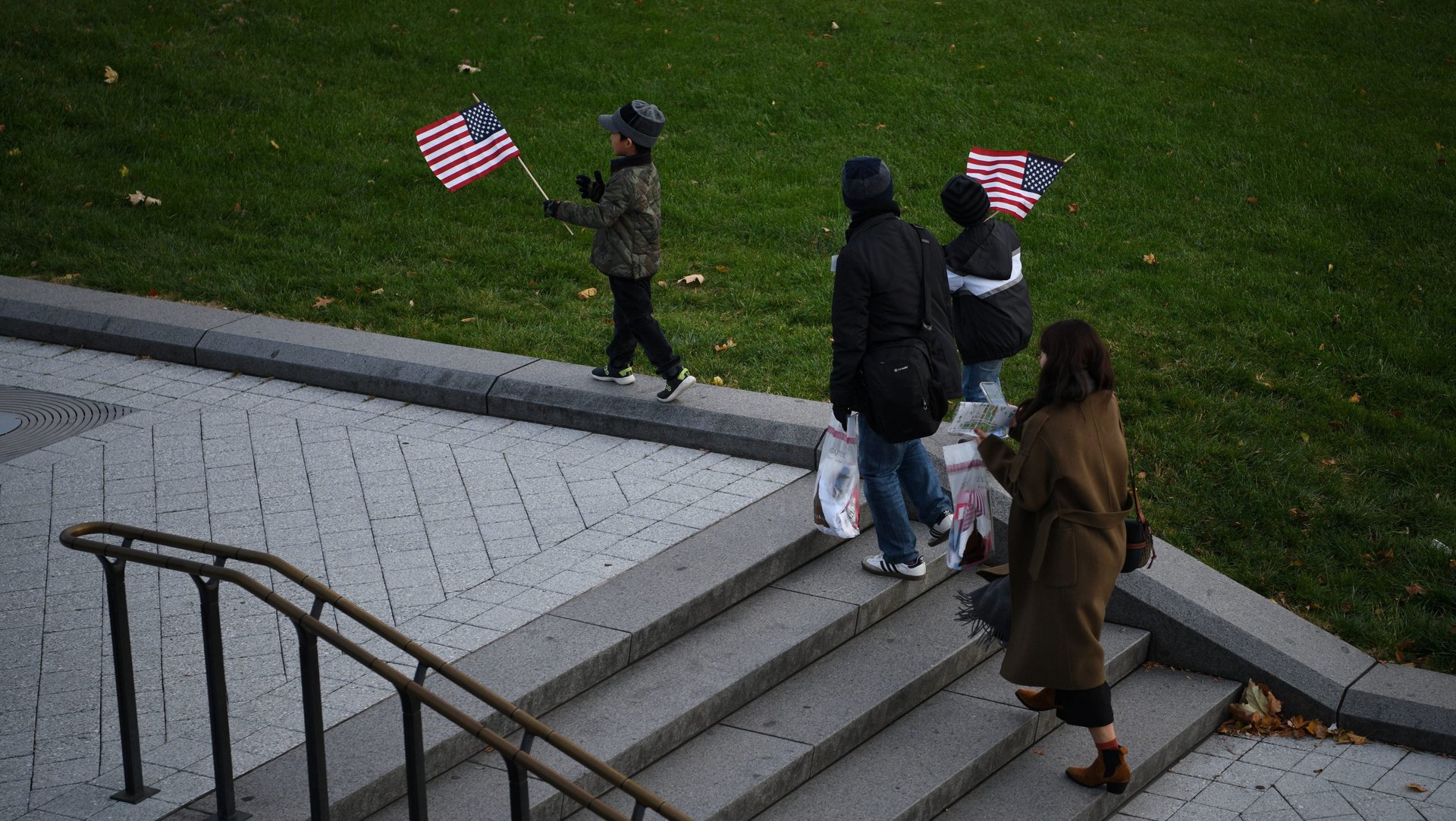For over 200,000 Indians, the wait for a green card is longer than their lifetimes
The green card queue for many Indians will last longer than their lifetimes.


The green card queue for many Indians will last longer than their lifetimes.
Over 200,000 Indians who have filed petitions for permanent residency in the US could die of old age before receiving green cards, David J Bier, an immigration policy analyst at libertarian think tank Cato Institute, wrote in a March 30 policy brief.
Skilled Indian workers make up 75% of the employment-based green card backlog, with over 700,000 of them in line. Currently, the number of green cards issued each year is limited to 140,000.
The backlog for India is so huge that even when these 200,000 people are no longer on the waitlist, the timeline for the surviving Indians will still stretch over six decades the author’s predictions show.
Each country receives no more than 7% of the total number of green cards issued annually. Congress last updated this cap 30 years ago. Indians bear “nearly the entire burden of a broken system,” Bier said.
If there are excess green cards left to be allocated from other countries not filling their 7% quotas, they are redistributed. Technically, Indians could reach the finish line faster with these. Unfortunately for them, demand from around the world is only picking up. From 2018 to 2019, the share of green cards awarded to Indians fell to 10% from 13%, even as their share of petitions increased to 53% from 50%.
The share of Indian green card petitioners likely to receive employment-based green cards declines dramatically from 91% of those who applied during fiscal year 2009-10 to 24% of those who applied from fiscal year 2019 to early 2020, Bier’s research shows.
Waiting…
For Indians, the excruciating wait is only the beginning of their woes.
Over nine in 10 Indians waiting in the EB-2 green card application category (professionals in jobs that need advanced degrees) and EB-3 category (those in jobs requiring a bachelor’s degree) are employed with H-1B visas, which they can renew indefinitely while in the queue for green cards. However, they have to maintain a job with only approved H‑1B employers.
“They cannot be unemployed at any time or start their own businesses. If H‑1B employers close or downsize—an obvious possibility over decades—visa holders lose their status and places in the green card queue,” Bier explains.
Their families, too, are on the line.
Children over 21 are not eligible to get permanent residency via their parents’ applications. With the long timelines, India-born children age out. The system is tearing Indian families apart. If these American-bred kids aren’t able to find visas of their own to stay, they will be uprooted and compelled to adjust to a new life halfway across the world. “More than two‐thirds of minor children of Indian EB‑2 and EB‑3 green card petition beneficiaries (almost 90,000) could age out and lose eligibility for green cards,” Bier find.
…for reform
There is much debate around increasing the availability of green cards among US senators. Even American business heavyweights, such as Apple CEO Tim Cook, have rooted for it. But the needle hasn’t really moved.
The Fairness for High‐Skilled Immigrants Act of 2019, passed in the house of representatives in July 2019, would phase out country caps over a four-year period. To clear the backlog for Indian and Chinese nationals, who dominate the backlog, the act guarantees other nationalities at least 15% of the green cards in the first year and 10% in the two succeeding years.
However, the bill failed to pass in the senate in September last year.
With more than 2.4 million lawful permanent residents set to wait in line by 2030, solely from outdated caps, some reforms—whatever they may be—are long due.
“Congress needs to address this emergency before the country loses out on hundreds of thousands of skilled workers who could contribute to America’s economy,” Bier wrote. “Abandoning per-country limits would be a good first step, but it would be insufficient to prevent unsustainable waits for all immigrants. Congress also needs to increase the number of green cards dramatically to resolve this crisis.”